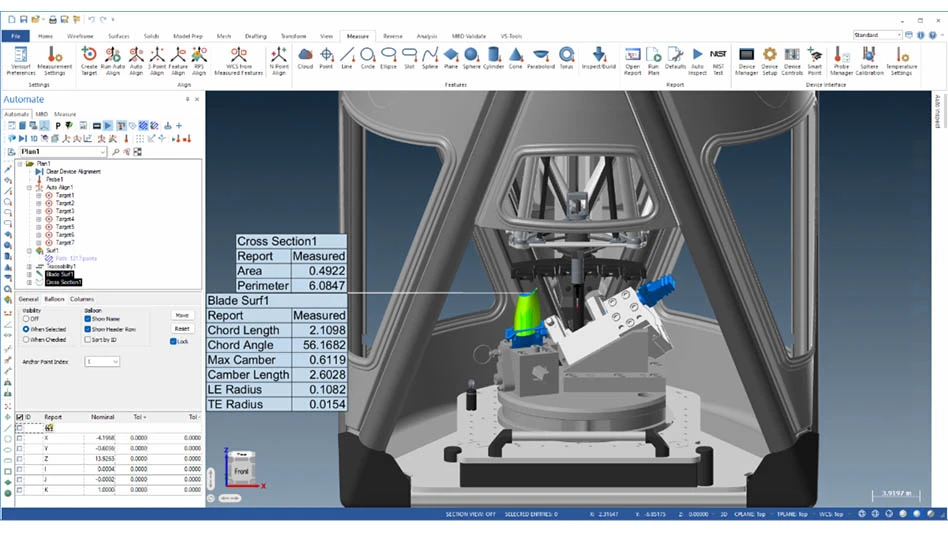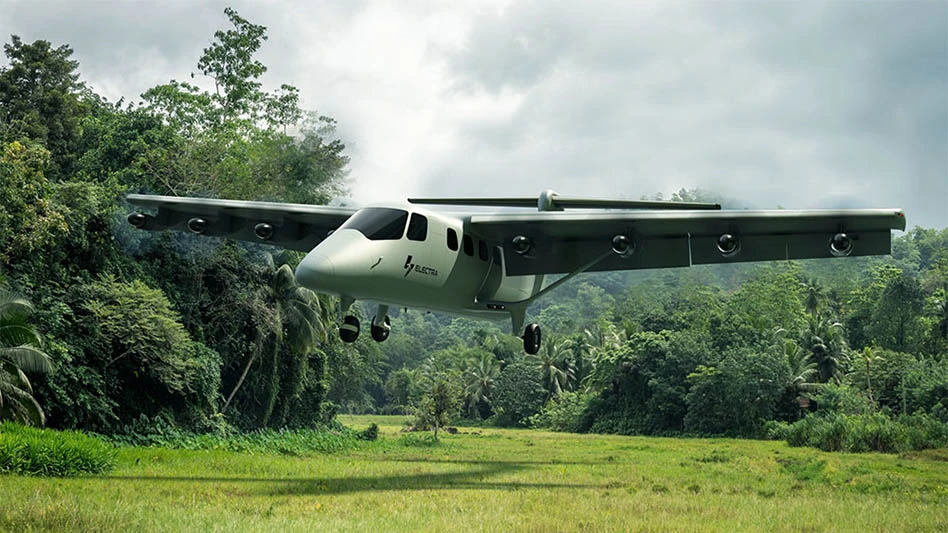
NASA
NASA’s Mars helicopter is the first controlled aircraft in history to be used on a planet other than Earth, laying the way for future airborne exploratory missions to other planets. The pioneer project has been developed by a team of engineers, including from NASA’s Jet Propulsion Laboratory (JPL), AeroVironment, and maxon. The more than a century old Robert J. Collier Trophy is awarded by the U.S. National Aeronautic Association (NAA) each year marking major achievements in the timeline of aviation, including one of the Wright brothers in the 1910s and the Apollo missions to the moon in the late 1960s.
For maxon, the Mars expedition is a special highlight in its space sector experience. Both the Perseverance rover as well as the Ingenuity helicopter are equipped with maxon motors. “It wasn’t easy to meet the incredibly strict requirements of the mission. These successful flights exceeded all our expectations,” says maxon CEO Eugen Elmiger.
The helicopter is manufactured by AeroVironment, an unmanned air vehicle (UAV) specialist, under contract from JPL. maxon’s SpaceLab engineers have been working closely with their counterparts at AeroVironment. Six precision micro motors (DCX10 S) with a diameter of 10mm are installed to move the swashplates – found on all helicopters to adjust the angle of the rotor blades – to control the helicopter’s flightpath.
It took intense development work for NASA’s Mars missions. For the small helicopter to fly, it takes an incredible engineering effort. The thin air on Mars is comparable to the conditions on Earth at an altitude of 30km. This means that the helicopter must be extremely light (1.8kg) and can only carry small batteries that must be highly energy-efficient, a requirement that also applies to maxon’s DC motors.
“We’re very proud to have joined the team of AeroVironment and JPL at the Collier Trophy award ceremony and share this great honor,” says Florbela Costa, maxon’s SpaceLab project manager. The SpaceLab is an organization within maxon that specializes in developing high-risk new technologies for space missions, as well as supporting the growing commercial space market with high reliability actuators that are suitable for the harsh space environment.
Latest from Aerospace Manufacturing and Design
- Simplify your shop floor operations while ensuring quality parts
- Happy Independence Day - July 4th
- Bombardier receives firm order for 50 Challenger, Global jets
- Automatic miter bandsaw
- SAS orders 45 Embraer E2 jets with options for 10 more
- Height measuring instrument
- Shopfloor Connectivity Roundtable with Renishaw & SMW Autoblok
- Moog expands space actuation, avionics manufacturing





